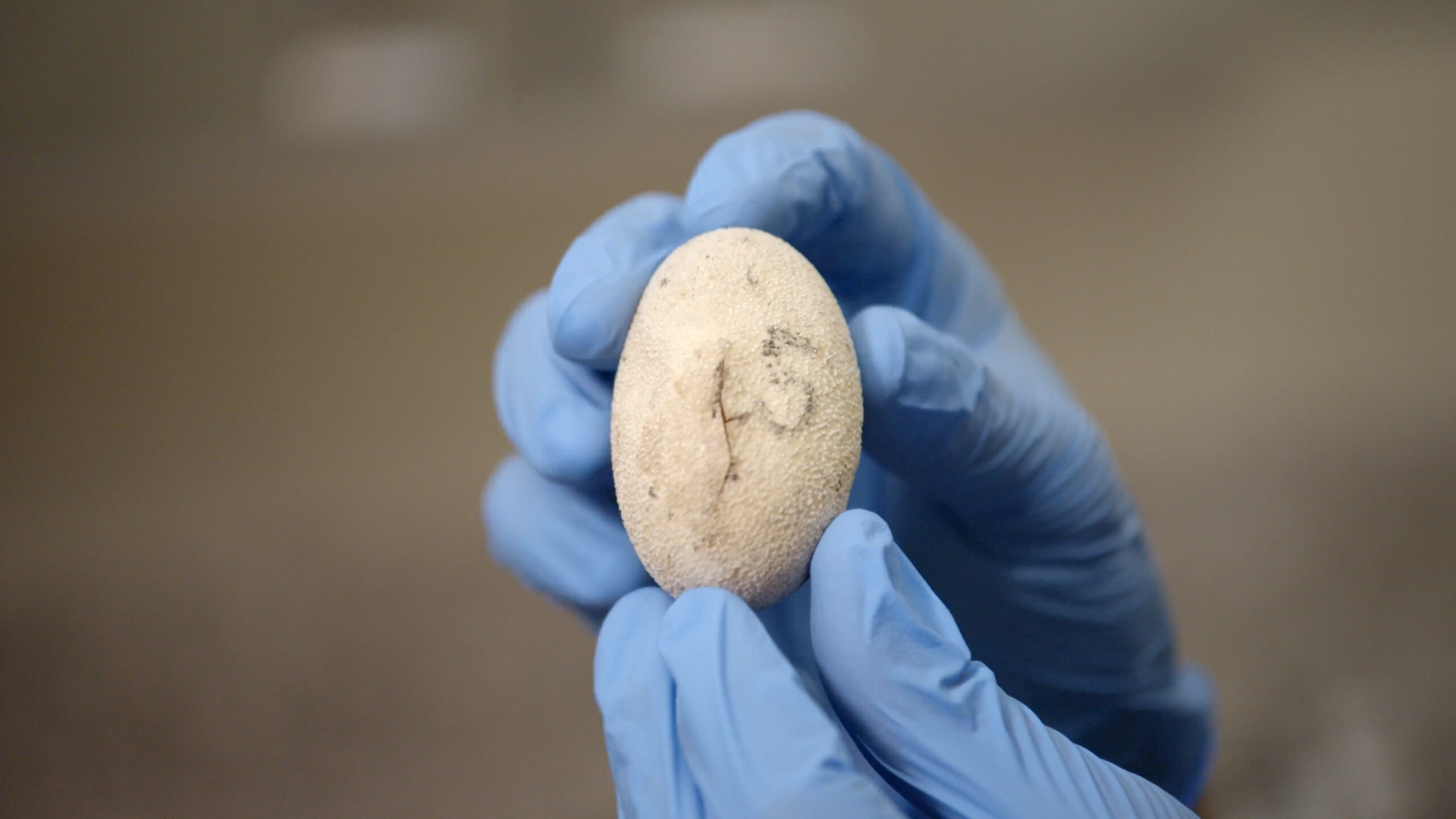Captive breeding is a technique used by conservationists to help imperiled wild species reproduce in a safe and stable environment. Scientists typically select mating pairs that will maintain the most possible genetic diversity in the population. Then, they either place the animals together and let nature take its course, or rely on techniques like artificial insemination or in-vitro fertilization. Babies are typically raised by their mother as they would be in the wild, and then either become part of the captive breeding program themselves or get released into the wild when they’re ready to live on their own.
Captive-bred species, like black-footed ferrets or California condors, have trouble breeding or surviving to adulthood in the wild for a variety of reasons, including low population numbers, disease, poaching, and habitat loss.
The ultimate goal of most captive breeding programs is to release healthy individuals into the wild to rebuild depleted populations. But they also have other benefits: They help scientists track the health and genetics of individual animals and select the most beneficial pairings, and they teach conservationists more about a species’ needs, behaviors, and ability to adapt to a changing environment. The animals can also serve as protected “insurance” populations as conservationists work to address the root cause of population declines in the wild.
